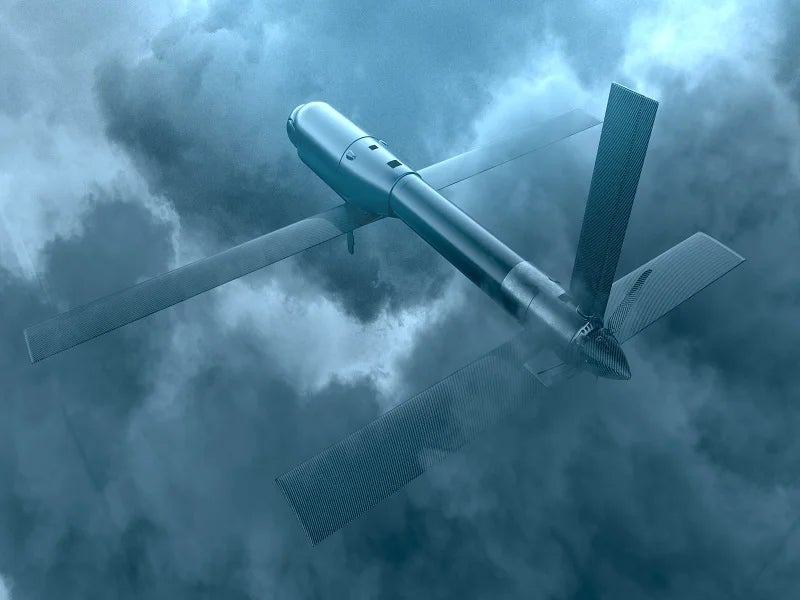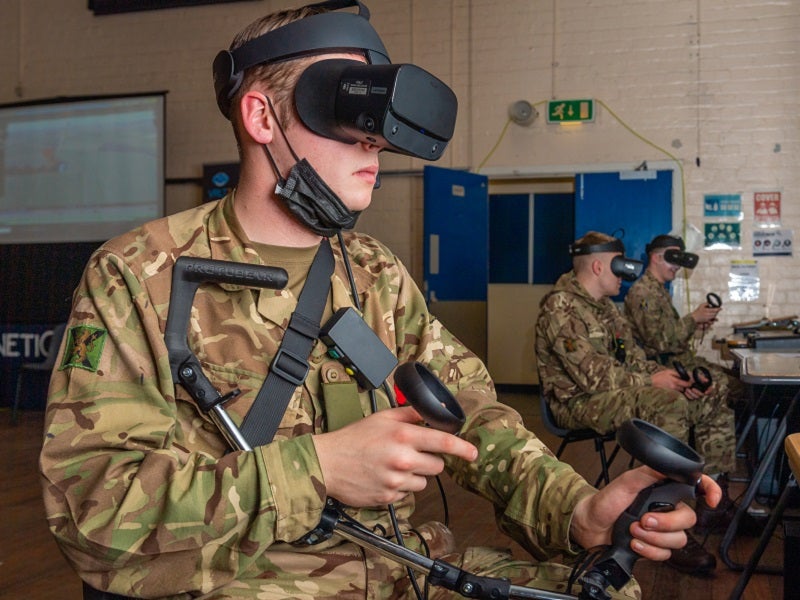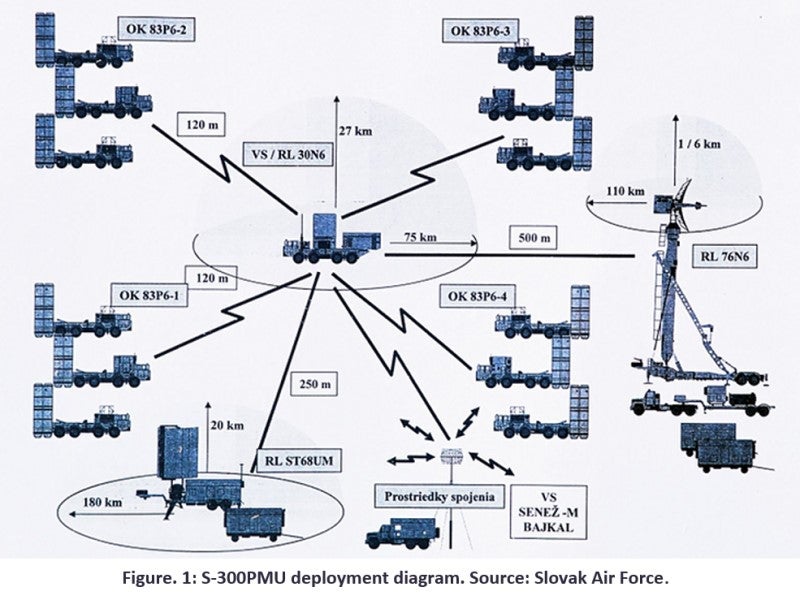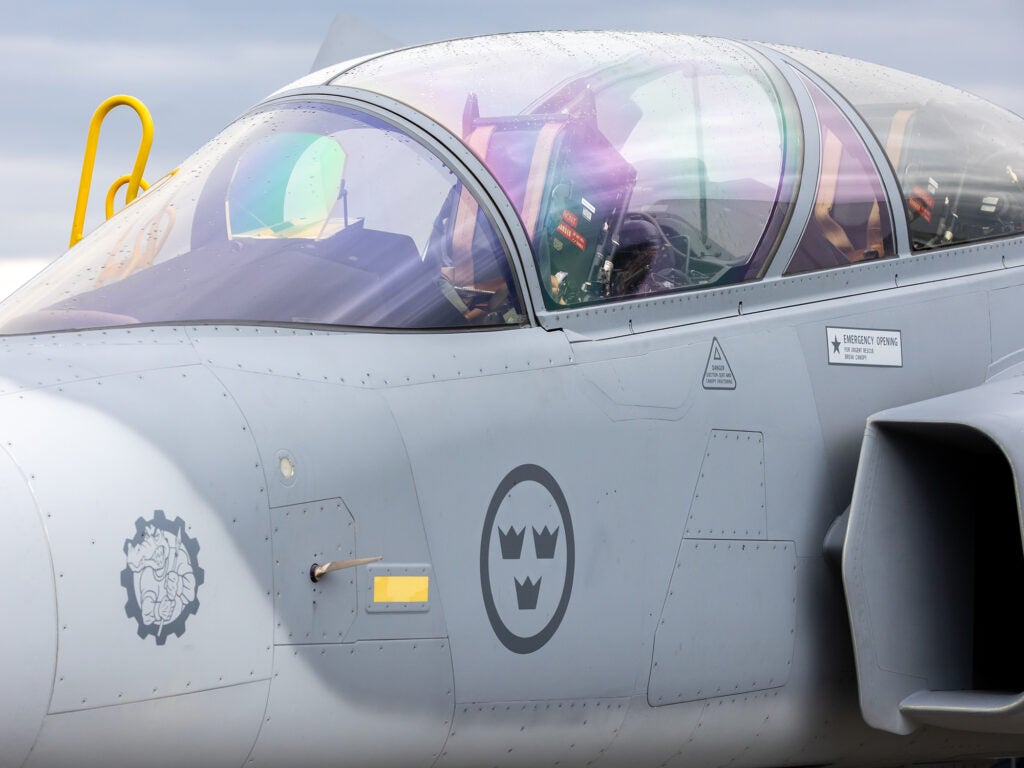
The new Phoenix Ghost loitering munition produced by AEVEX Aerospace is similar to AeroVironment’s Switchblade, which have already been deployed to Ukraine in previous lethal aid packages, meaning that Ukrainian operators will need little if any training to use them. The munitions were developed rapidly in conjunction with the US Air Force and will be delivered as part of the $800m military aid package recently approved by the US. Whilst the payload is unknown, its similarities to the Switchblade mean that it will likely be easy to transport and launch from the field.
Whilst exact details about the system are unknown, loitering munitions have already proven themselves extremely effective so far in the Ukrainian conflict with the Switchblade 300 being utilized to conduct surveillance and anti-personnel operations. Additionally, Ukraine is using Polish Warmate loitering munitions, which have a range of around 20 miles and anti-armor capabilities. Ukraine has two domestically produced loitering munitions – and whilst production capabilities have likely been destroyed, the remaining stock pose a significant threat to Russian forces. Loitering munitions main utility is that they enable rapid reaction times against targets which only emerge for short period of times, allow for selective targeting without risking high-value platforms.
The Phoenix Ghost was in development prior to the beginning of the conflict, with 121 units already in the process of being shipped to Ukraine, Pentagon Press Secretary John Kirby confirmed that it was developed for requirements that are similar to the needs of the Ukrainians. Its deployment will benefit the US as well as Ukraine, with the ongoing conflict serving as the perfect testing ground for the new weapon with a mixture of targets depending on the payload of the weapon. Additionally, the US has commented that the system has been ‘modified’ to better suit to Ukrainian needs.
There has been speculation that the Phoenix Ghost may contain suppression of air defense (SEAD) capability, which would provide the Ukrainian Air Force with the further capability in protecting its airspace. Loitering munitions are in high demand for this conflict for a number of reasons, significantly their low cost compared to precision guided munitions (PGMs), the ease with which they can be manufactured against PGMs and their ability to loiter above a potential target, whereas PGMs often need to know the targets exact location before they can be launched or fired . In addition, they force enemy operators to utilize expensive anti-air systems, and the relative ease of manufacture and use will drive uptake of loitering munitions and lead to growth in the market.
As the conflicts focus moves to the east of Ukraine, in more open territory and away from cities, there will be increased utility of loitering munitions to conduct strikes across various terrains due to their ease to launch. Due to the small size and relatively cheap production cost they are seen as a viable alternative to PGMs for western countries supplying Ukrainian forces.
According to GlobalData’s latest report Loitering Munitions in Defense: The market for loitering munitions is expanding with increasing amounts of companies developing the technology, the proliferation of the technology and more countries utilizing them in conflict. Their ease of use combined with the low cost will see more and more forces deploy these systems.





